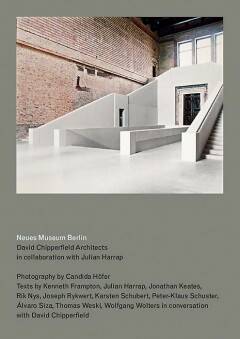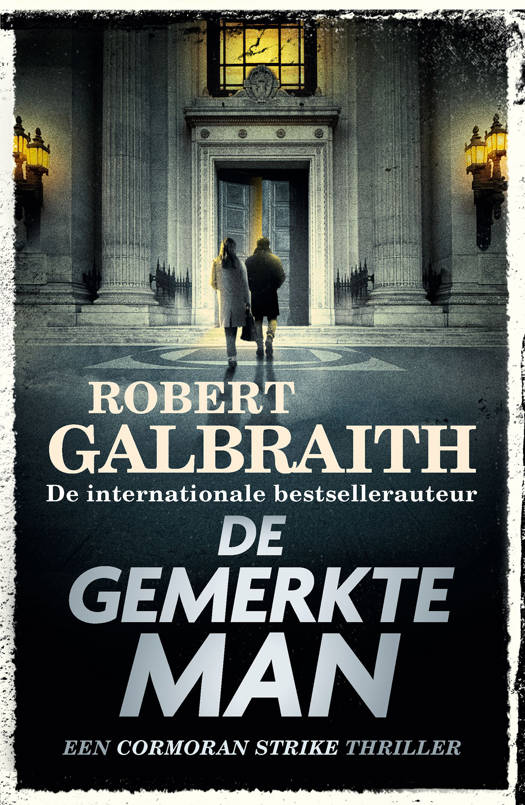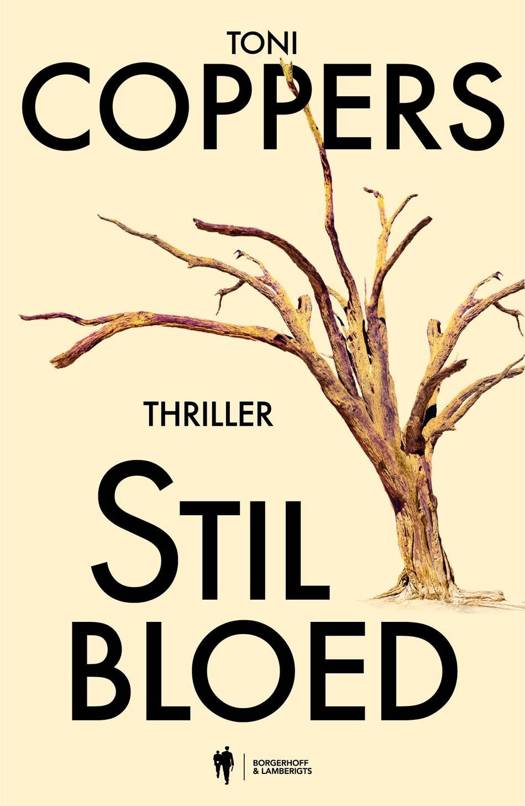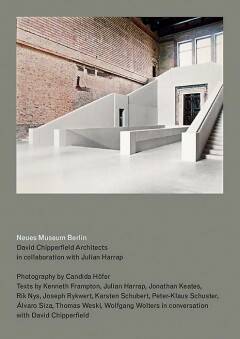
- Afhalen na 1 uur in een winkel met voorraad
- Gratis thuislevering in België vanaf € 30
- Ruim aanbod met 7 miljoen producten
- Afhalen na 1 uur in een winkel met voorraad
- Gratis thuislevering in België vanaf € 30
- Ruim aanbod met 7 miljoen producten
Zoeken
Neues Museum Berlin
David Chipperfield Architects (E)
Candida Höfer, Julian Harrap
Hardcover | Engels
€ 53,45
+ 106 punten
Omschrijving
Foreword by Àlvaro Siza. Introduction by David Chipperfield. Essays by Kenneth Frampton, Julian Harrap, Jonathan Keates, Rik Nys, Joseph Rykwert, Karsten Schubert, Peter Klaus Schuster and Thomas Weski. Interview with David Chipperfield by Wolfgang Wolters.
This book, edited by David Chipperfield, documents his most important project to date:
the Neues Museum, the centrepiece of the Berlin Museumsinsel. Here he connects
the old and the new in a completely novel way. As he says himself, he "proceeded like
a painter, who painstakingly considers every dab of paint". Photographs by Candida
Höfer show the rooms after their completion and before they were furnished. As Höfer
avoided using artificial light, the rooms are bathed in a soft natural light. These critical
moments are perfectly reproduced in the book as matt colour plates. The photographer
is inspired by the empty rooms and grandiose corridors of space to then dedicate her
attention to the architect's interventions.
This artistic-photographic documentation is complimented by texts from wellknown
architects, architectural historians, art historians and conservation architects.
They highlight the fundamental principles of the project of conservation and
complementation.
Kenneth Frampton discusses the almost historical endeavour to restore such a building
and responds to Chipperfield's architectural interventions, purely abstract forms
that avoid any trace of kitsch. Joseph Rykwert describes the fragmented history 'of
which this building is evidence, thanks to its manifold layers'. An interview with David
Chipperfield by Wolfgang Wolters imparts insights into the problems and questions
that the restoration posed and in his contribution, Thomas Weski takes a closer look
at Candida Höfer's photography. In addition, a chronology offers an overview of
the history of the building, the request for proposals for its reconstruction and the
restoration itself.
This book, edited by David Chipperfield, documents his most important project to date:
the Neues Museum, the centrepiece of the Berlin Museumsinsel. Here he connects
the old and the new in a completely novel way. As he says himself, he "proceeded like
a painter, who painstakingly considers every dab of paint". Photographs by Candida
Höfer show the rooms after their completion and before they were furnished. As Höfer
avoided using artificial light, the rooms are bathed in a soft natural light. These critical
moments are perfectly reproduced in the book as matt colour plates. The photographer
is inspired by the empty rooms and grandiose corridors of space to then dedicate her
attention to the architect's interventions.
This artistic-photographic documentation is complimented by texts from wellknown
architects, architectural historians, art historians and conservation architects.
They highlight the fundamental principles of the project of conservation and
complementation.
Kenneth Frampton discusses the almost historical endeavour to restore such a building
and responds to Chipperfield's architectural interventions, purely abstract forms
that avoid any trace of kitsch. Joseph Rykwert describes the fragmented history 'of
which this building is evidence, thanks to its manifold layers'. An interview with David
Chipperfield by Wolfgang Wolters imparts insights into the problems and questions
that the restoration posed and in his contribution, Thomas Weski takes a closer look
at Candida Höfer's photography. In addition, a chronology offers an overview of
the history of the building, the request for proposals for its reconstruction and the
restoration itself.
Specificaties
Betrokkenen
- Auteur(s):
- Uitgeverij:
Inhoud
- Aantal bladzijden:
- 288
- Taal:
- Engels
Eigenschappen
- Productcode (EAN):
- 9783865607041
- Verschijningsdatum:
- 21/11/2017
- Uitvoering:
- Hardcover
- Afmetingen:
- 170 mm x 240 mm
- Gewicht:
- 700 g

Alleen bij Standaard Boekhandel
+ 106 punten op je klantenkaart van Standaard Boekhandel
Beoordelingen
We publiceren alleen reviews die voldoen aan de voorwaarden voor reviews. Bekijk onze voorwaarden voor reviews.








